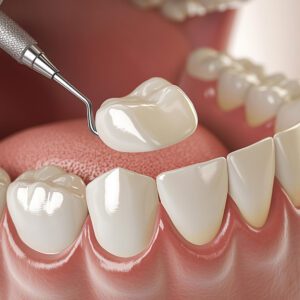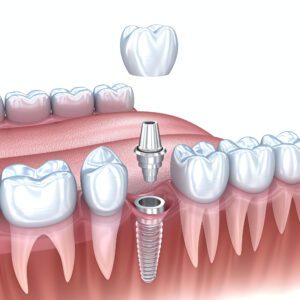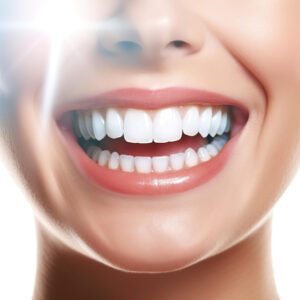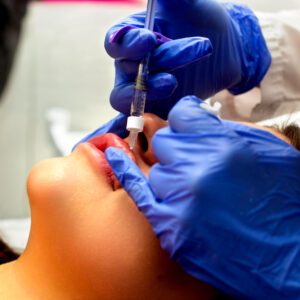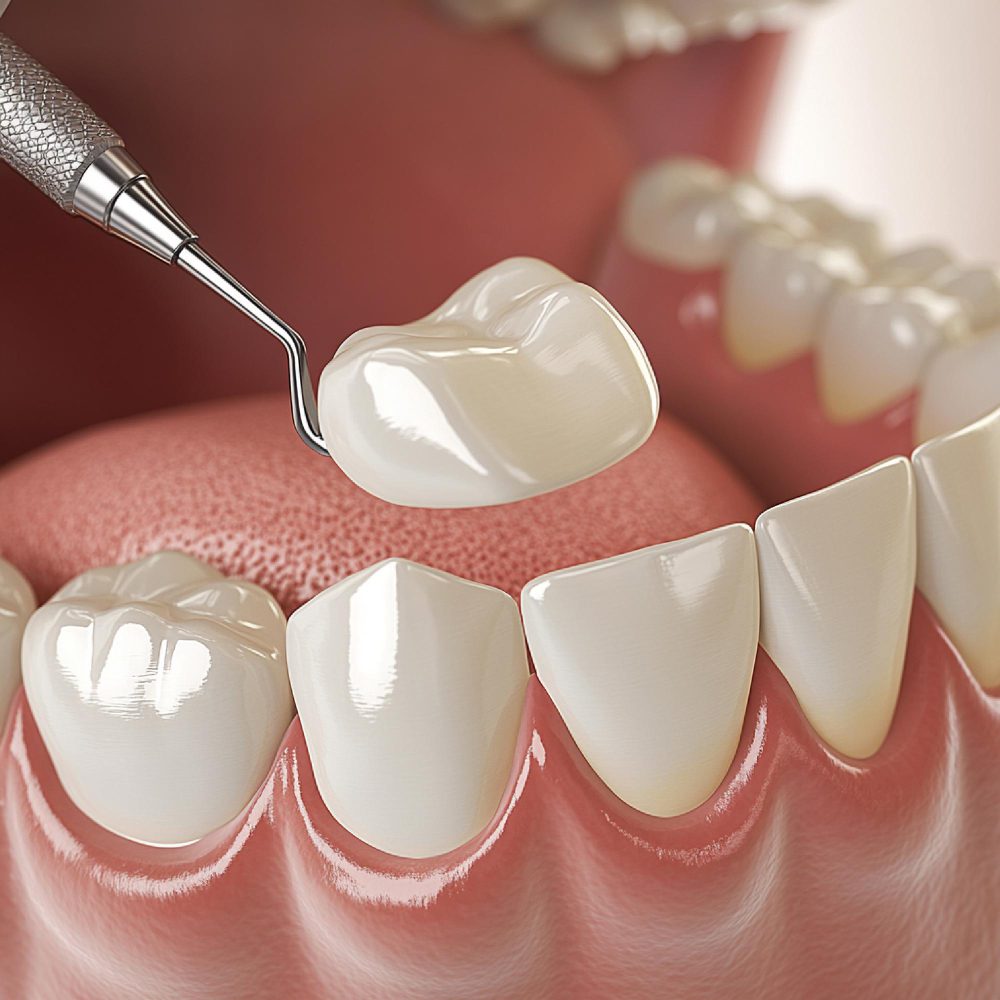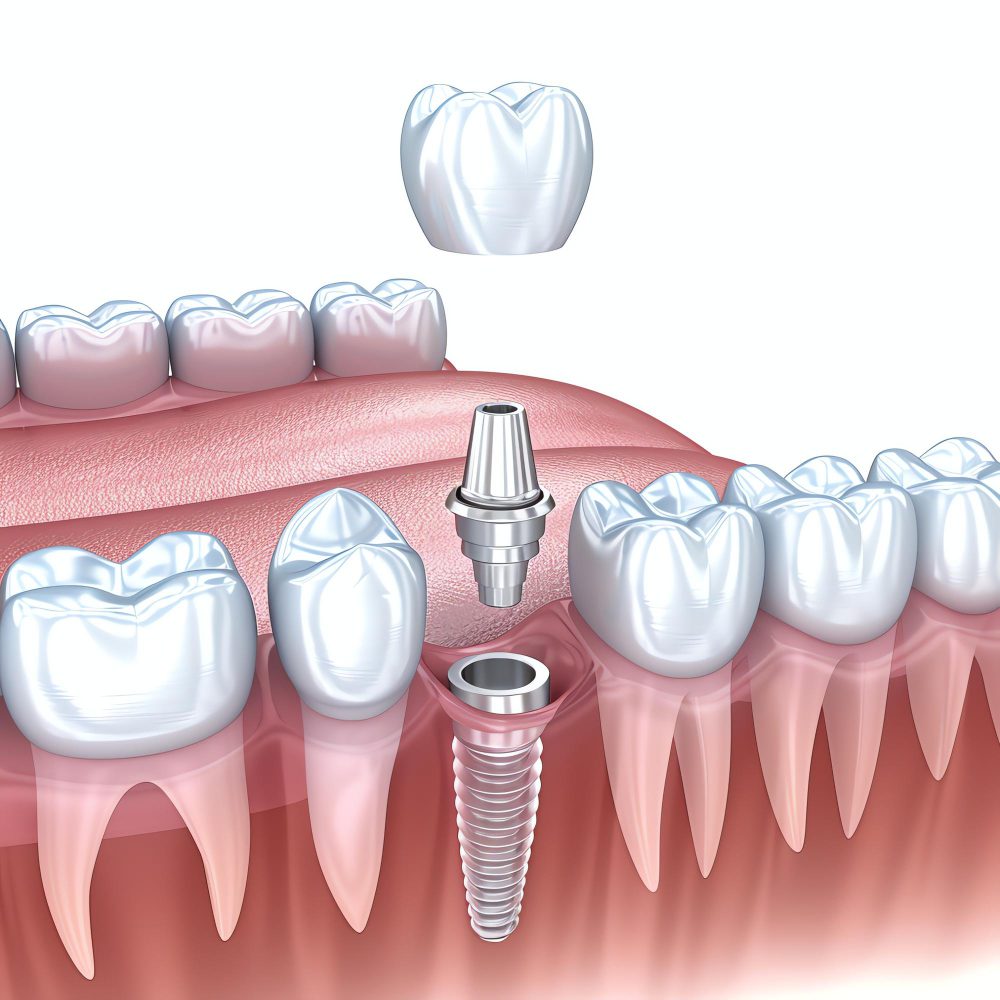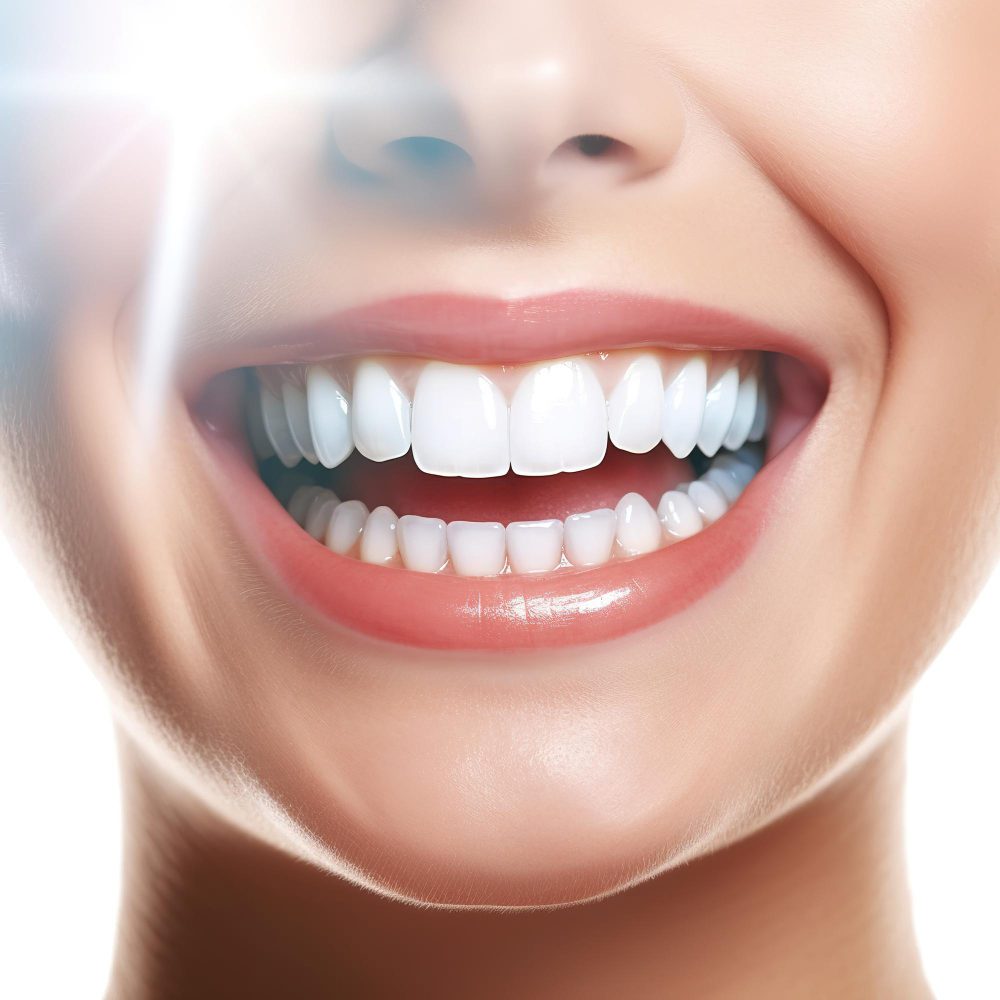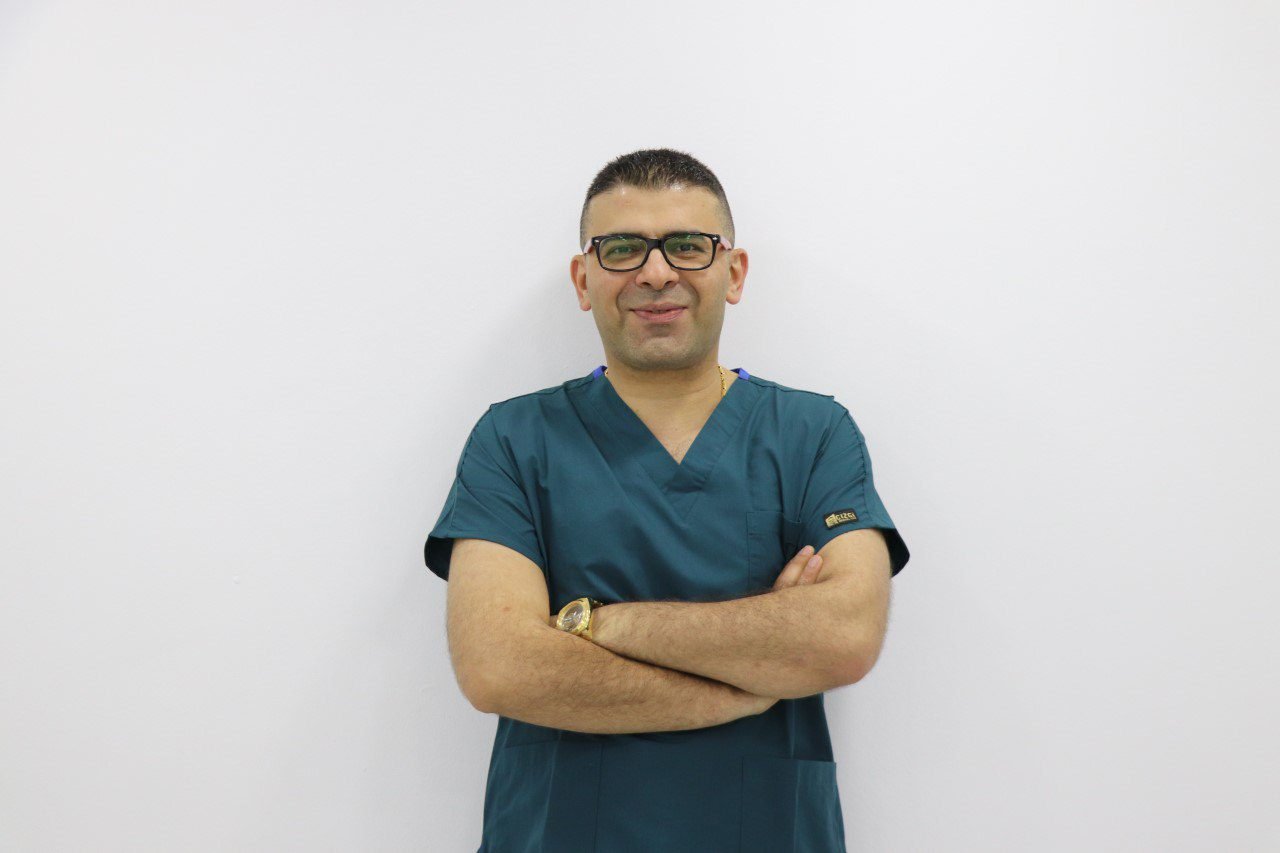Introduction
Maintaining dental hygiene is essential for overall health and well-being. One of the primary tools in achieving good oral care is the toothbrush, which serves a critical role in removing plaque, preventing cavities, and promoting healthy gums. Despite its significance, many individuals often overlook the importance of replacing their toothbrush as needed. This oversight can have significant implications for oral health. Regularly changing your toothbrush is vital not only for effective cleaning but also for preventing the proliferation of harmful bacteria.
The lifespan of a toothbrush can vary based on several factors, such as the frequency of use and the type of toothbrush—manual or electric. Typically, it is advised that individuals replace their toothbrush every three to four months. However, it is also essential to evaluate the condition of the brush; bristles that are frayed or worn indicate that it may be time for a replacement, even if it has not been three months. Upon examining one’s toothbrush, if the bristles are no longer effective, the brush will not do its job of cleaning thoroughly.
Moreover, there are specific situations in which a toothbrush should be changed more frequently. For instance, when recovering from an illness, germs may linger on the bristles, prompting a replacement to avoid reinfection. Additionally, many individuals may question how they can ensure their toothbrush remains effective over time; therefore, understanding best practices for toothbrush care is crucial.
This introduction serves to highlight the significance of toothbrush maintenance and sets the groundwork for further discussion on how often to change your toothbrush. Furthermore, it will explore the potential risks associated with neglecting this aspect of dental hygiene, reinforcing the importance of effective dental care in the broader context of health maintenance.
Why Changing Your Toothbrush Is Important
Maintaining optimal oral hygiene is essential for overall health, and one of the most significant factors in achieving this is the regular replacement of your toothbrush. Over time, toothbrush bristles can become frayed and worn, drastically diminishing their cleaning effectiveness. When bristles are no longer in good condition, they struggle to remove plaque and food particles from the surfaces of your teeth, potentially leading to cavities and gum disease.
Moreover, an old toothbrush can harbor bacteria, fungi, and viruses that may pose risks to your dental health. Studies have shown that toothbrushes can accumulate harmful pathogens over time, which can then be transferred back to your mouth during brushing. This microbial buildup not only diminishes your brushing efforts but could also contribute to various oral infections and complications. Hence, for an effective dental care routine, it is crucial to change your toothbrush regularly.
So, when should you replace your toothbrush? There are a few key indicators to consider. The American Dental Association recommends changing your toothbrush every three to four months or sooner if the bristles show significant wear. Additionally, if you have recently recovered from an illness, it’s wise to replace your toothbrush to avoid reinfection. Furthermore, if you’ve been engaging in vigorous brushing, you might notice the bristles fray even sooner. Regularly inspecting your toothbrush for damage and wear is a vital habit that supports gum health and provides effective cleaning.
In conclusion, the importance of regularly changing your toothbrush cannot be overstated. It not only ensures effective cleaning but also helps prevent the potential risks associated with bacterial buildup, ultimately contributing to better oral hygiene and overall health.
How Often Should You Change Your Toothbrush?
Maintaining optimal oral hygiene is directly linked to the condition of your toothbrush. Dental professionals recommend changing your toothbrush every three to four months to ensure effective plaque removal and to reduce the risk of gum disease. Over time, toothbrush bristles can become frayed and worn, significantly diminishing their cleaning ability. When the bristles lose their stiffness and become matted or bent, it is a clear indication that the toothbrush has reached the end of its useful life.
In addition to the general guideline of every three to four months, specific circumstances may warrant replacing your toothbrush more frequently. For example, individuals recovering from a cold, flu, or other contagious illnesses should not hesitate to change their toothbrush, as bacteria and virus pathogens can linger on bristles and lead to re-infection. Similarly, if you have recently undergone dental procedures, such as surgery or orthodontic adjustments, it may be advisable to switch to a new toothbrush to avoid any potential irritation or infection.
Moreover, if you observe your toothbrush bristles becoming discolored or showing signs of deterioration, it’s a sign that it is time for a replacement. Regularly assessing the condition of your toothbrush not only enhances your oral health but can also encourage better brushing habits. Keeping track of when you change your toothbrush can be effective if you mark the date on your calendar or set a reminder on your phone. This proactive approach ensures that you maintain excellent dental care and reduces the risks associated with plaque buildup and poor oral hygiene.
Risks of Prolonged Use of a Toothbrush
Using an old toothbrush can pose significant risks to your dental health, primarily due to the deterioration of the bristles over time. Frayed bristles are less effective at removing plaque and food particles from teeth and gums, which can lead to compromised oral hygiene. This negligence increases the likelihood of developing gum disease, a condition characterized by inflammation and infection of the gums. When left untreated, gum disease can advance to more severe forms, eventually resulting in tooth loss.
Furthermore, the use of an old toothbrush can also contribute to the formation of cavities. As plaque accumulates due to ineffective brushing, bacteria in the mouth can produce acids that erode tooth enamel, leading to tooth decay. The presence of a worn-out toothbrush exacerbates this issue, making it harder to maintain a pristine oral environment. Regularly replacing your toothbrush is essential for preventing such complications, ensuring that your brushing routine remains effective in eliminating harmful buildup.
In addition to gum disease and cavities, prolonged use of a toothbrush can result in a decline in overall oral hygiene. An outdated toothbrush is unable to reach all areas of the mouth effectively, potentially leading to an increase in bad breath, oral infections, and other hygiene-related issues. Bacteria can also accumulate on the bristles if the toothbrush is not cleaned and replaced regularly, which may pose a risk of reintroducing harmful microorganisms into the mouth. To mitigate these risks, it is advisable to replace your toothbrush every three to four months or sooner if you notice signs of wear or damage to the bristles, safeguarding your oral health.
Signs It’s Time for a New Toothbrush
Maintaining optimal oral hygiene is essential for preventing dental issues, and a crucial aspect of this routine involves the regular replacement of your toothbrush. A toothbrush that is worn out can become less effective at removing plaque and debris, thus heightening the risk of gum disease and cavities. Recognizing the signs that indicate it is time for a new toothbrush can significantly enhance your dental care regimen.
One of the primary visual indicators that a toothbrush needs replacing is the condition of the bristles. Over time, bristles may become splayed, frayed, or worn down. If you observe that the bristles of your toothbrush no longer stand upright but instead are bent or irregular, it is a clear sign that the toothbrush has lost its effectiveness. Ideally, the bristles should be soft and straight, providing a gentle yet thorough cleaning experience.
Another telltale sign is discoloration. If your toothbrush appears stained or has developed an unusual color, it may indicate that it has accumulated bacteria or other harmful microorganisms. This is especially true if you notice a musty smell emanating from the toothbrush, suggesting that moisture is trapped within the bristles, possibly leading to mold growth. Mold can pose severe health risks, so it’s vital to act swiftly in replacing any toothbrush that exhibits these signs.
Additionally, dentists recommend replacing your toothbrush every three to four months, or sooner if any of the aforementioned indicators arise. Individuals who have recently recovered from an illness should also consider replacing their toothbrush to minimize the chances of reinfection. By paying attention to these signs and prioritizing regular replacement, you can ensure that your dental care efforts remain effective and beneficial for your oral health.
Choosing the Right Toothbrush
Selecting the appropriate toothbrush is crucial for maintaining optimal oral hygiene. One of the primary considerations should be the firmness of the bristles. Soft bristles are generally recommended by dental professionals as they are less abrasive on both teeth and gums while still effectively removing plaque. Medium and hard bristles might provide a more vigorous cleaning sensation but can lead to issues such as gum recession or enamel erosion if used incorrectly.
The size of the toothbrush head is another important factor to consider. A toothbrush with a smaller head allows for better maneuverability, enabling it to reach the back teeth and other hard-to-access areas more effectively. Additionally, individuals with smaller mouths or specific dental conditions may benefit from a compact head size, which facilitates a more thorough cleaning without discomfort.
The design of the handle also influences the effectiveness of a toothbrush. A comfortable grip can encourage consistent brushing habits, which is essential for effective dental care. Ergonomic handles are particularly beneficial for those with limited dexterity, as they can provide better control and reduce strain during brushing.
Furthermore, one must decide between manual and electric toothbrushes. While manual toothbrushes are effective when used correctly, many studies suggest that electric toothbrushes offer significant advantages, particularly in terms of plaque removal and ease of use. Electric toothbrushes often come equipped with timers and pressure sensors, ensuring that users brush for the recommended two minutes without applying excessive force.
Ultimately, the choice of toothbrush should reflect personal preferences and specific dental needs. Consulting with a dental professional can provide tailored recommendations, ensuring individuals can achieve the best possible oral health.
Maintaining Your Toothbrush
Proper toothbrush maintenance is essential for ensuring both the longevity of the toothbrush and optimal oral hygiene. One of the most important steps in maintaining a toothbrush is to thoroughly rinse it after each use. This practice helps to remove residual toothpaste and food particles, preventing the buildup of bacteria that can lead to dental issues. A well-rinsed toothbrush not only stays cleaner but also functions more effectively in removing plaque and debris during brushing.
Furthermore, it is critical to store your toothbrush in a manner that minimizes exposure to contaminants. Ideally, a toothbrush should be kept upright in a holder to air dry, as moisture can create an environment conducive to bacterial growth. Avoid storing toothbrushes in closed containers, as this can trap moisture and exacerbate hygiene concerns. It is also advisable to keep your toothbrush separated from others to prevent cross-contamination. Sharing toothbrushes can transfer bacteria, increasing the risk of infections and other dental problems.
Additionally, it’s beneficial to replace your toothbrush or toothbrush head regularly. Dental professionals recommend changing your toothbrush every three to four months, or sooner if the bristles appear frayed. Deteriorated bristles are less effective at cleaning teeth and may even harm your gums, negating your oral care efforts. Keeping a regular schedule for replacing toothbrushes is a vital aspect of your oral health regimen. By implementing these proper maintenance habits, you not only prolong the life of your toothbrush but also protect your overall dental health, ensuring that your brush works effectively for optimal oral care.
The Role of Professional Dental Care
Maintaining optimal oral health extends beyond daily brushing and flossing at home; it encompasses regular visits to a dental professional. Professional dental care plays a critical role in ensuring comprehensive oral hygiene. Dentists and dental hygienists possess the expertise to identify and address issues that may go unnoticed during routine home care. For instance, they can detect early signs of dental caries, periodontal disease, or other oral health conditions that could adversely affect overall health if left untreated.
Additionally, professional check-ups provide an opportunity for personalized dental advice tailored to an individual’s unique oral care needs. During these visits, dental professionals can recommend the most suitable toothbrushes and oral care products based on specific characteristics, such as the patient’s age, dental condition, and personal preferences. Their knowledge of the latest advancements in dental technology and products ensures that patients receive the best possible recommendations, contributing to more effective oral hygiene practices at home.
Moreover, routine dental visits often include thorough cleanings that help remove plaque and tartar buildup, which cannot be effectively addressed by brushing alone. This proactive approach not only enhances aesthetic aspects, such as whiter teeth and fresher breath, but also promotes long-term oral health by preventing the progression of dental diseases. By incorporating professional dental care into one’s oral hygiene routine, individuals can address any potential problems early, making it easier to manage and less likely to result in more serious complications down the line.
In conclusion, regular professional dental care is essential for maintaining oral health. It offers valuable insights into personal hygiene practices, ensuring that individuals are equipped with the knowledge and tools needed to effectively manage their dental care at home. Balancing at-home brushing with professional insights is vital for achieving optimal results in oral hygiene.
Best Dental Clinic in Turkey: Dr. Abdulrahman Ozturk’s Clinic
Located in the heart of Istanbul, Dr. Abdulrahman Ozturk’s clinic is renowned for providing high-quality dental care that prioritizes patient satisfaction. The clinic has established a solid reputation within the community, being recognized for its comprehensive range of dental services. These services encompass preventative care, restorative procedures, cosmetic dentistry, and advanced dental treatments such as dental implants and orthodontics. This wide array of offerings ensures that patients of all ages can receive suitable and effective care tailored to their specific needs.
Dr. Ozturk and his dedicated team of professionals emphasize a patient-centered approach, fostering an environment where individuals feel comfortable and informed about their dental health. The clinic is equipped with state-of-the-art technology, which allows for precise diagnoses and effective treatment plans. Patients can expect thorough consultations, during which the team discusses available options, expected outcomes, and pricing transparently. This transparency contributes to an atmosphere of trust, which is crucial in dental care.
Moreover, patients have highlighted their positive experiences through testimonials, sharing their journeys from initial consultations to successful treatments. Many report a significant improvement in their dental health and self-confidence after receiving care at Dr. Ozturk’s clinic. Notably, patients express appreciation for the thoroughness and professionalism of the staff, emphasizing how their concerns were addressed with empathy and respect.
What sets Dr. Abdulrahman Ozturk’s clinic apart as a leading dental facility in Turkey is the commitment to providing not just treatments but also education on maintaining oral health. With a focus on preventive measures, Dr. Ozturk ensures that patients understand the importance of regular check-ups and proper dental hygiene habits, which ultimately contribute to long-lasting oral health.



